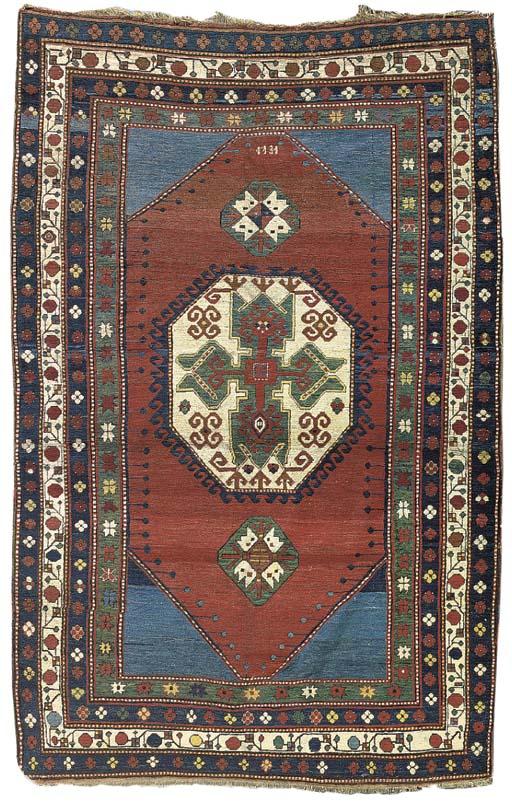Etchmiadzin (Vagharshapat) Rugs
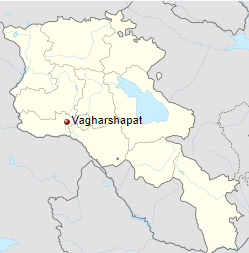
Etchmiadzin (Vagharshapat) is a holy city near Yerevan, Armenia. Etchmiadzin Cathedral is the mother church of the Armenian Apostolic Church, located in the city of Vagharshapat which is also called Etchmiadzin after the cathedral. According to most scholars it was the first cathedral built in ancient Armenia, and is often considered the oldest cathedral in the world.
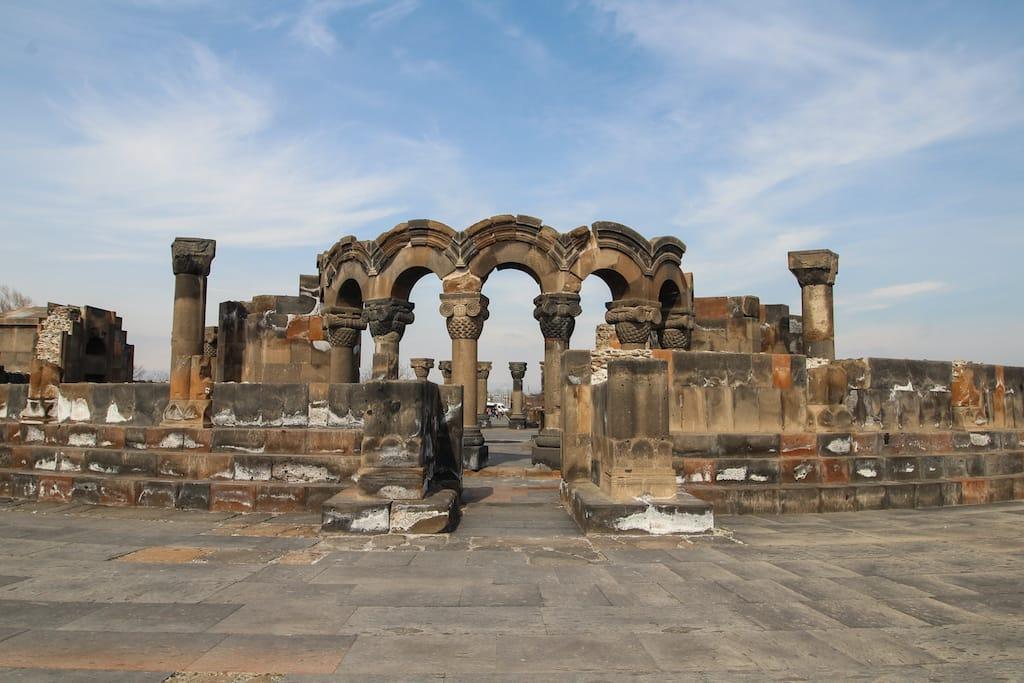
The original church was built in the early fourth century between 301 and 303 according to tradition—by Armenia’s patron saint Gregory the Illuminator, following the adoption of Christianity as a state religion by King Tiridates III.
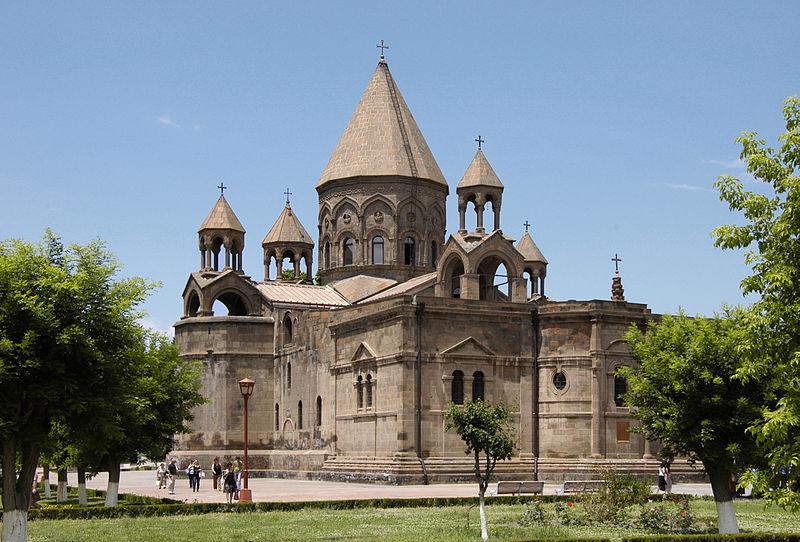
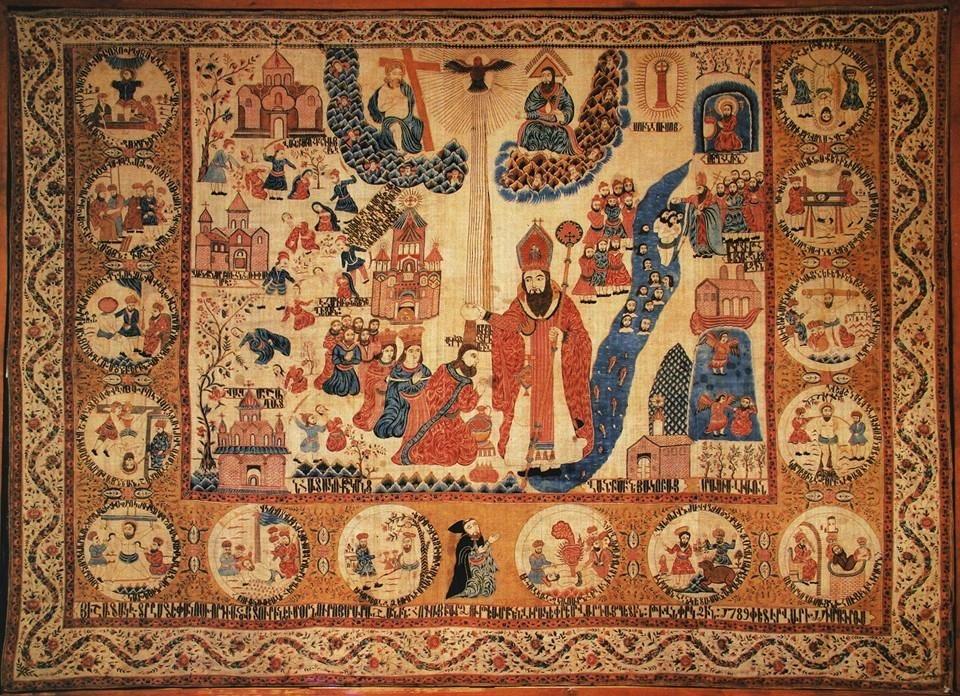
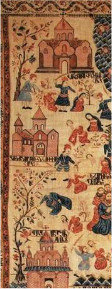
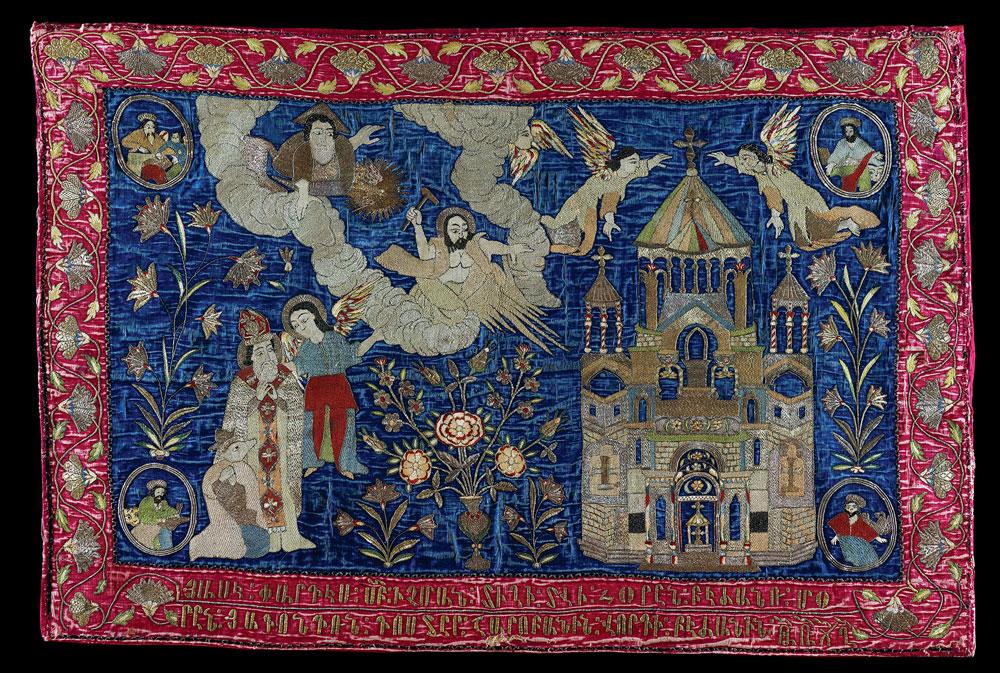
Etchmiadzin antique rugs are mainly categorized under the term ‘Kazak’ which is a general brand for pieces woven during tsarist era by lots of Caucasian ethnics including, and mostly, Armenians.
Technical aspects and the structure of Etchmiadzin Rugs
Antique Etchmiadzin rugs are coarsely knotted with a density of about 50 knots per square inch. Knots are symmetric (Turkish). Warps, wefts and piles are woolen. Contemporary productions have cotton foundations and woolen piles. Rug and runner sizes are common in Etchmiadzin.
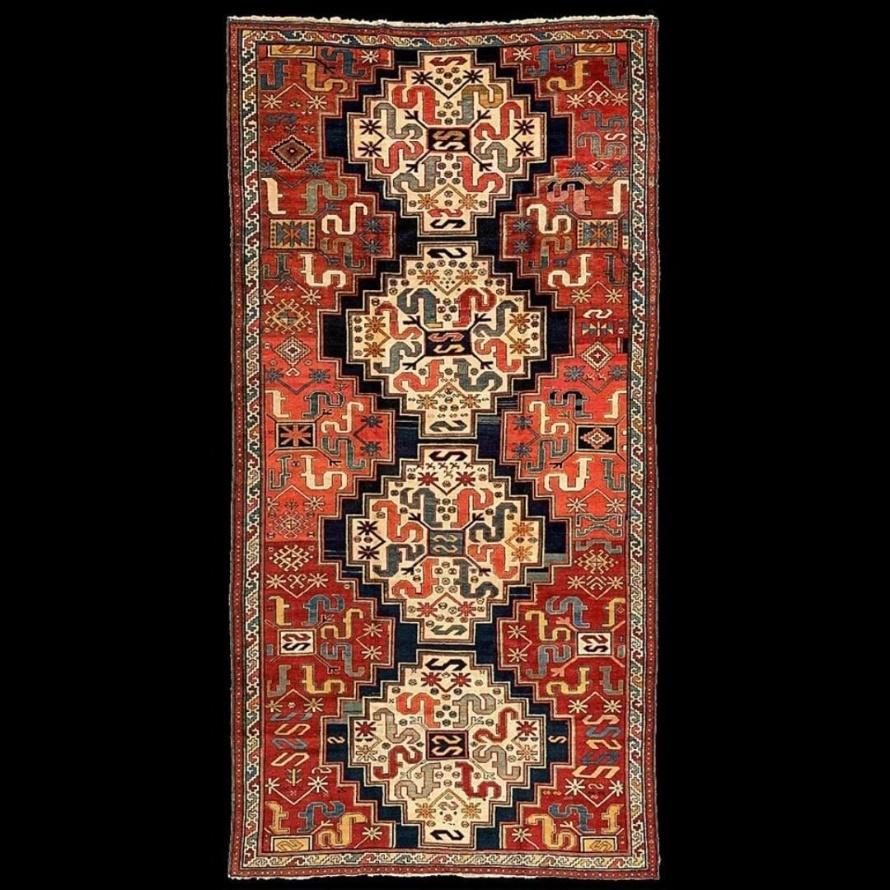
Dyeing and painting of Etchmiadzin rugs
Etchmiadzin Palette consisted of bright colors. Red, blue, cream and green are used for fields, while the secondary palette includes a vast range of light shades, from pistachio to apricot. Kazak pieces made during soviet period have synthetic dyes.

Designs and patterns of the Etchmiadzin rugs
Arrangements of vertical medallions with hooked extensions are common in Etchmiadzin as well as double and triple medallioned designs. Etchmiadzin antique rugs and runners designed with famous Kazak designs such as Lambalo, Lori Pambak, eagle-kazak, dragon design etc.
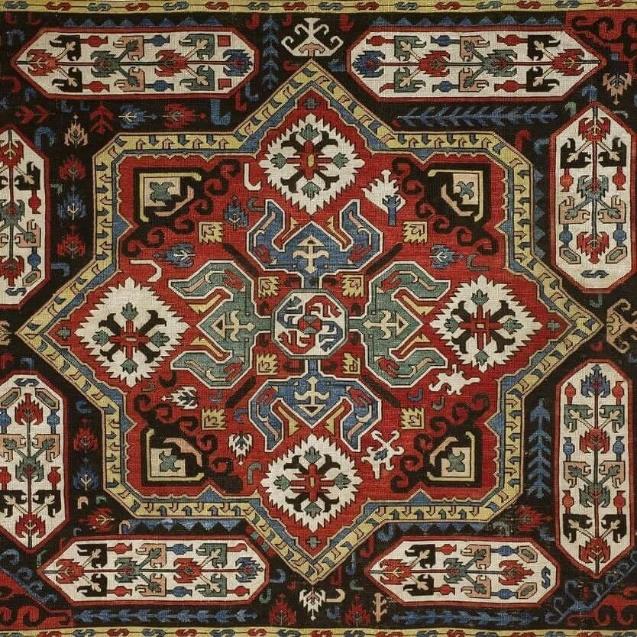
Serving as central medallion, Lori Pambak is an octagonal or stellar frame filled with two pairs of opposing sepals, all joined at the base. There are a good number Antique Kazak rugs and runners designed with Lori Pambak motif, woven during the 19th century.
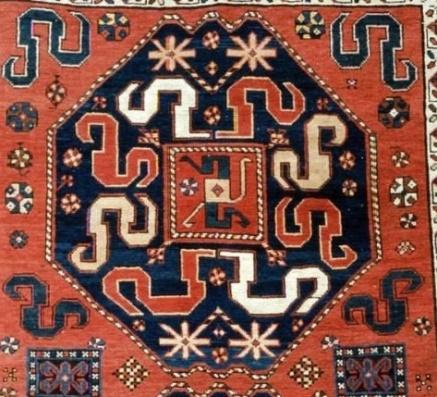
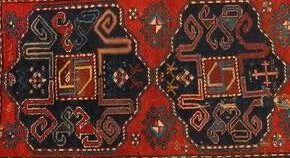
Lambalo is a proper design for runners and Kellegis (rather wide runners). Such designs consisted of multiple narrow borders which left a little room for the field. Appearing as a long narrow frame in the center, the field may be left simple while the borders are adorned with rows of tiny motifs.

